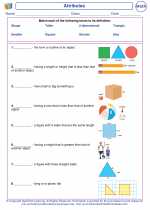Numeric Patterns
Numeric patterns are sequences of numbers that follow a specific rule or relationship. These patterns can be found everywhere in mathematics and the real world, and understanding them helps us make predictions and solve problems.
Types of Numeric Patterns
There are several types of numeric patterns, including:
- Increasing Patterns: These patterns have numbers that increase by a certain amount or follow a specific mathematical operation. For example, the sequence 2, 4, 6, 8, 10... follows an increasing pattern where each number is 2 more than the previous one.
- Decreasing Patterns: These patterns have numbers that decrease by a certain amount or follow a specific mathematical operation. For example, the sequence 20, 17, 14, 11, 8... follows a decreasing pattern where each number is 3 less than the previous one.
- Multiplication Patterns: These patterns involve numbers that are multiplied by a certain factor to get the next number in the sequence. For example, the sequence 3, 6, 12, 24, 48... follows a multiplication pattern where each number is multiplied by 2 to get the next number.
- Geometric Patterns: These patterns follow a geometric progression, where each number is obtained by multiplying the previous one by a fixed number. For example, the sequence 3, 9, 27, 81... follows a geometric pattern with a common ratio of 3.
Finding and Extending Numeric Patterns
To find and extend numeric patterns, you can look for the relationship between consecutive numbers in the sequence. This relationship may involve addition, subtraction, multiplication, division, or another mathematical operation. Once you identify the relationship, you can use it to predict and extend the pattern to find additional numbers in the sequence.
For example, if you have the sequence 5, 10, 15, 20..., you can see that each number is obtained by adding 5 to the previous one. Using this relationship, you can extend the pattern to find the next numbers in the sequence.
Importance of Numeric Patterns
Understanding numeric patterns is important because they help us recognize and predict trends, make sense of numerical data, and solve mathematical problems. By identifying and analyzing patterns, we can make informed decisions and draw meaningful conclusions in various contexts, including mathematics, science, finance, and everyday life.
Overall, numeric patterns are a fundamental concept in mathematics that play a crucial role in developing analytical and problem-solving skills.
.◂Math Worksheets and Study Guides First Grade. Attributes

 Worksheet/Answer key
Worksheet/Answer key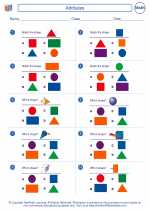
 Worksheet/Answer key
Worksheet/Answer key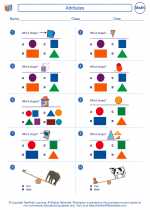
 Worksheet/Answer key
Worksheet/Answer key
 Worksheet/Answer key
Worksheet/Answer key
 Worksheet/Answer key
Worksheet/Answer key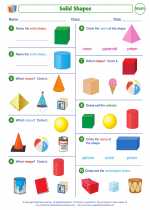
 Worksheet/Answer key
Worksheet/Answer key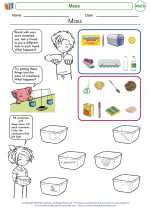
 Worksheet/Answer key
Worksheet/Answer key
 Worksheet/Answer key
Worksheet/Answer key
 Worksheet/Answer key
Worksheet/Answer key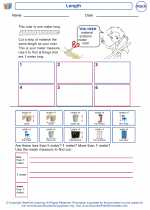
 Worksheet/Answer key
Worksheet/Answer key
 Worksheet/Answer key
Worksheet/Answer key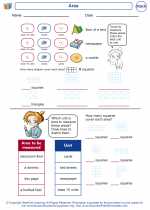
 Worksheet/Answer key
Worksheet/Answer key
 Worksheet/Answer key
Worksheet/Answer key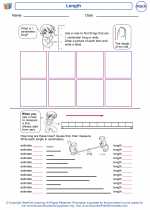
 Worksheet/Answer key
Worksheet/Answer key
 Worksheet/Answer key
Worksheet/Answer key
 Worksheet/Answer key
Worksheet/Answer key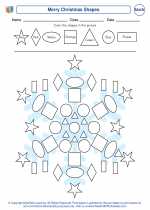
 Worksheet/Answer key
Worksheet/Answer key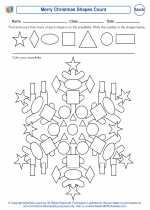
 Worksheet/Answer key
Worksheet/Answer key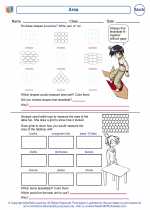
 Worksheet/Answer key
Worksheet/Answer key
 Vocabulary/Answer key
Vocabulary/Answer key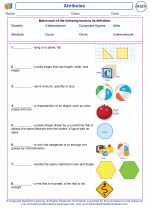
 Vocabulary/Answer key
Vocabulary/Answer key
 Vocabulary/Answer key
Vocabulary/Answer key